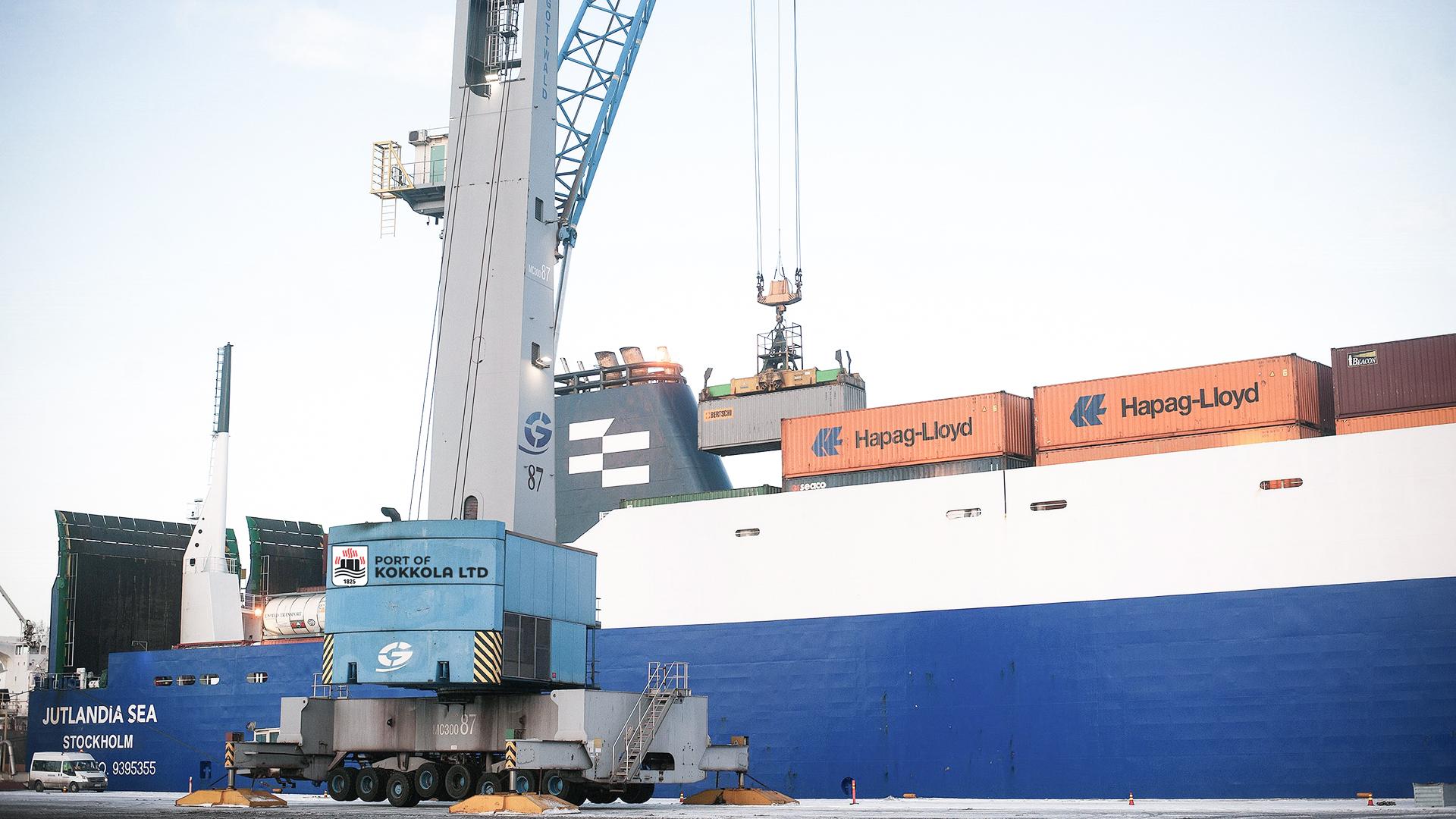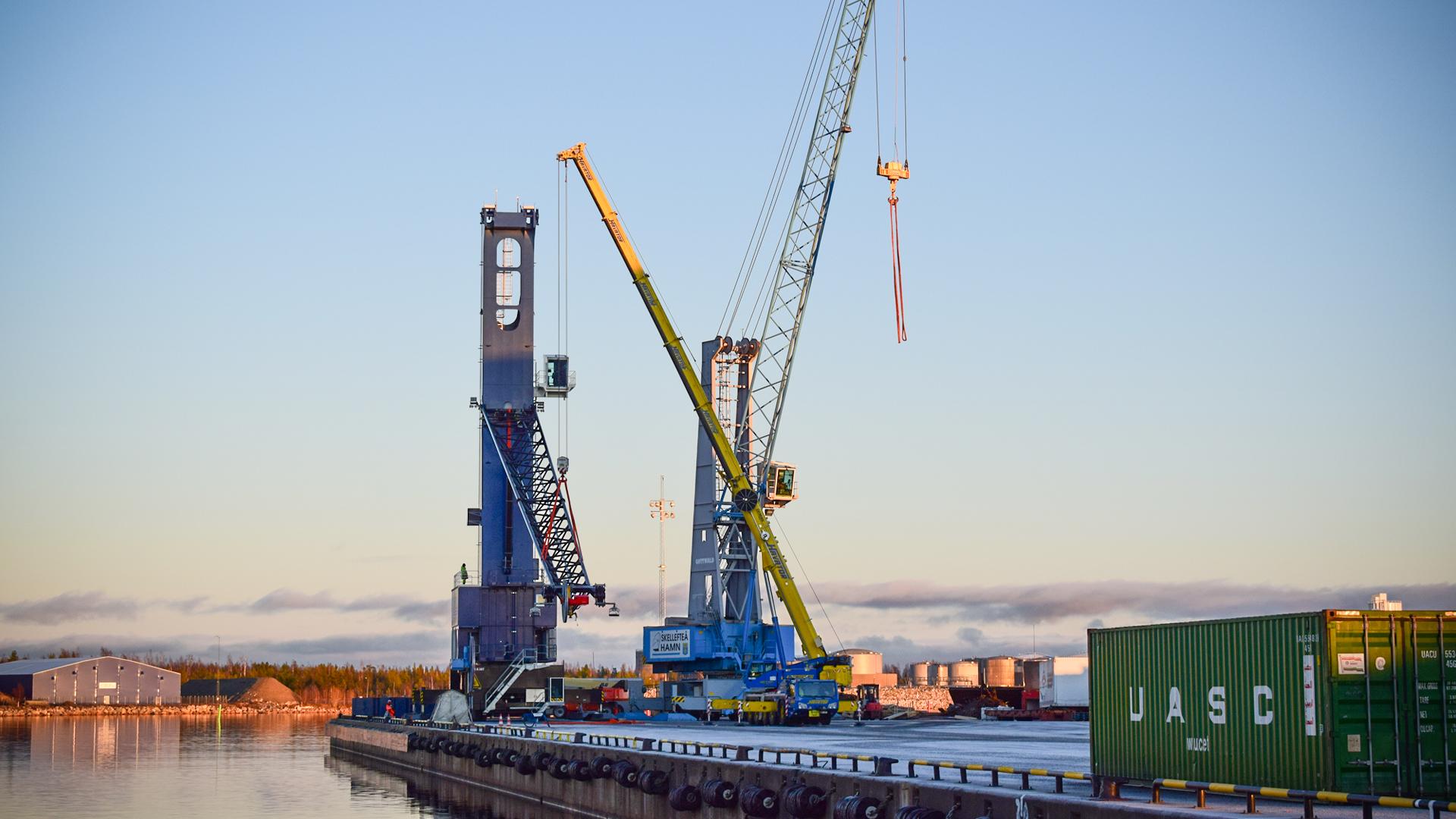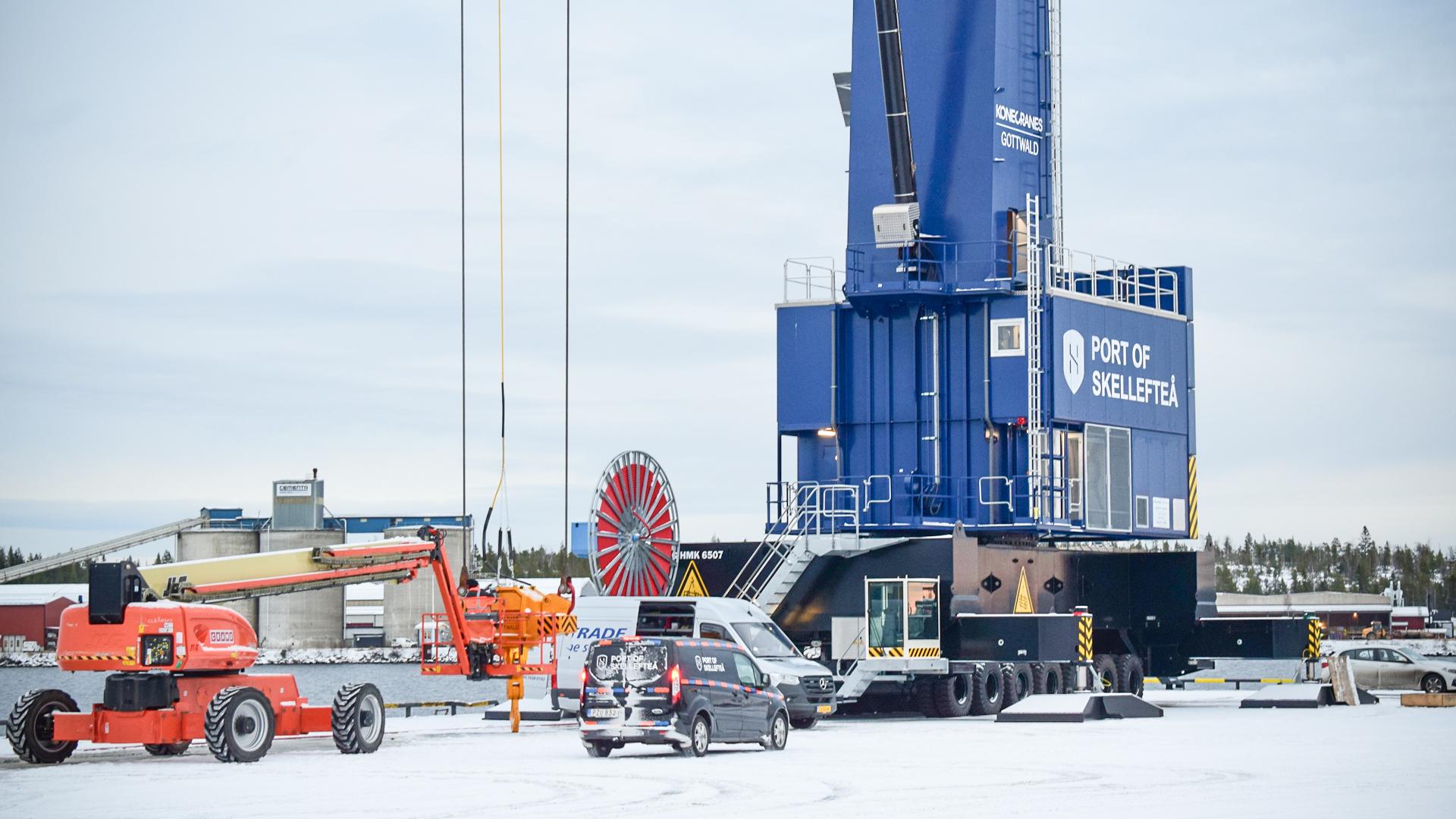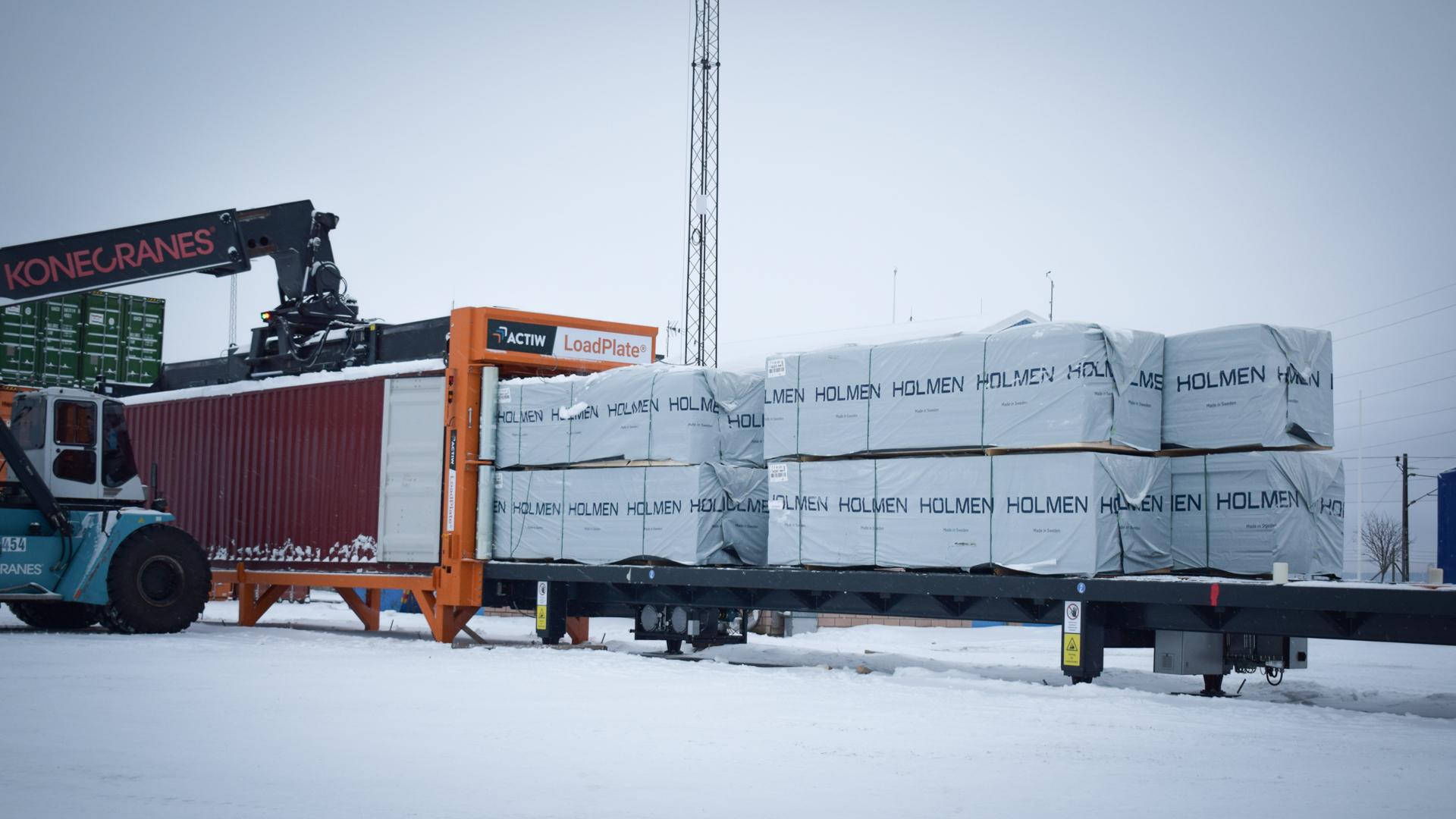Ports investing in the future
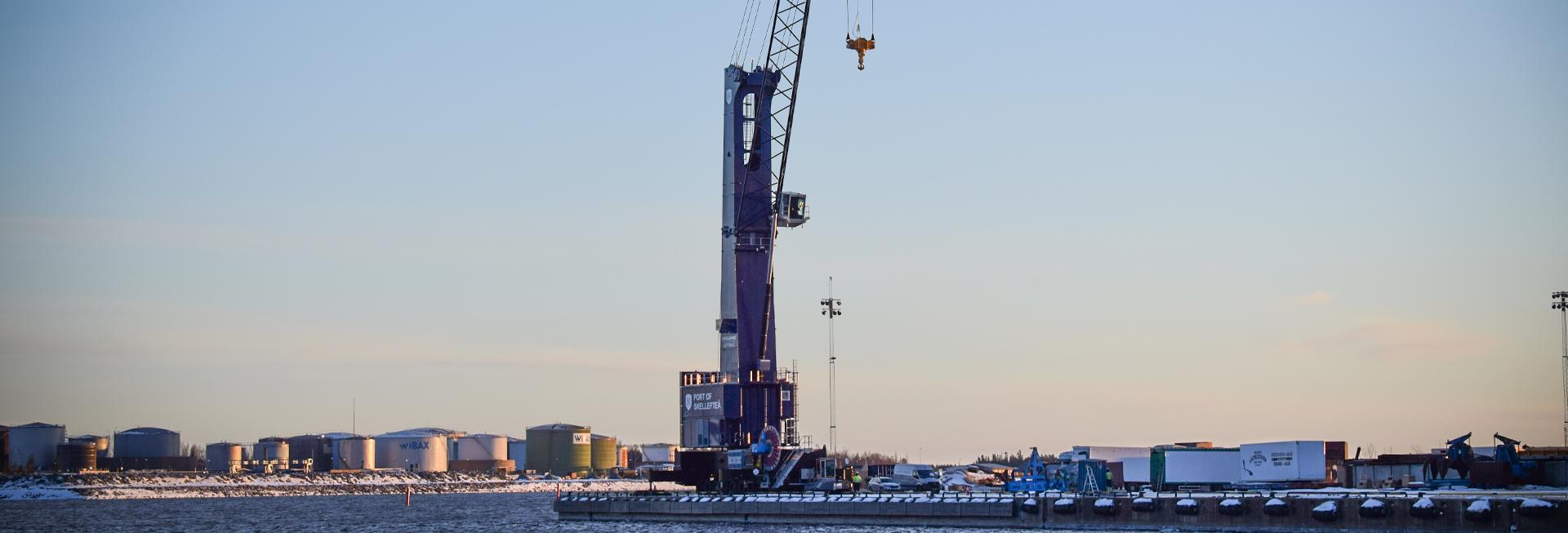
For several years, the Ports of Skellefteå and Kokkola have invested a great deal in handling bigger ships and greater volumes. Recently, both ports invested in new cranes and other operating equipment to allow them to load more, and do it in less time.
Meanwhile a Nordic battery belt is emerging with battery gigafactories in Sweden, Finland and Norway, a long list of other historically significant industrial investments are being made along Sweden’s northern Baltic coast.
“Things are moving at such a pace up here, it’s almost impossible to keep track of everything. But we saw that shipping was in the middle of structural change as early as 2012 and 2013 with a trend toward ever larger ships, which in turn meant that everything including the ports would have to be bigger,” says Lars Widelund, General Manager of the Port of Skellefteå.
The future that Lars and his colleagues predicted became reality in 2021 when the WALLENIUS SOL shipping line began calling at the Port of Skellefteå on the Swedish side of the Gulf of Bothnia and the Port of Kokkola on the Finnish side. The company’s newly built ConRo vessels will enter service in the first half of 2022, resulting in a substantial increase in load capacity. At 240 metres, the vessels will be almost twice the length of the ships that usually traffic the Gulf of Bothnia.
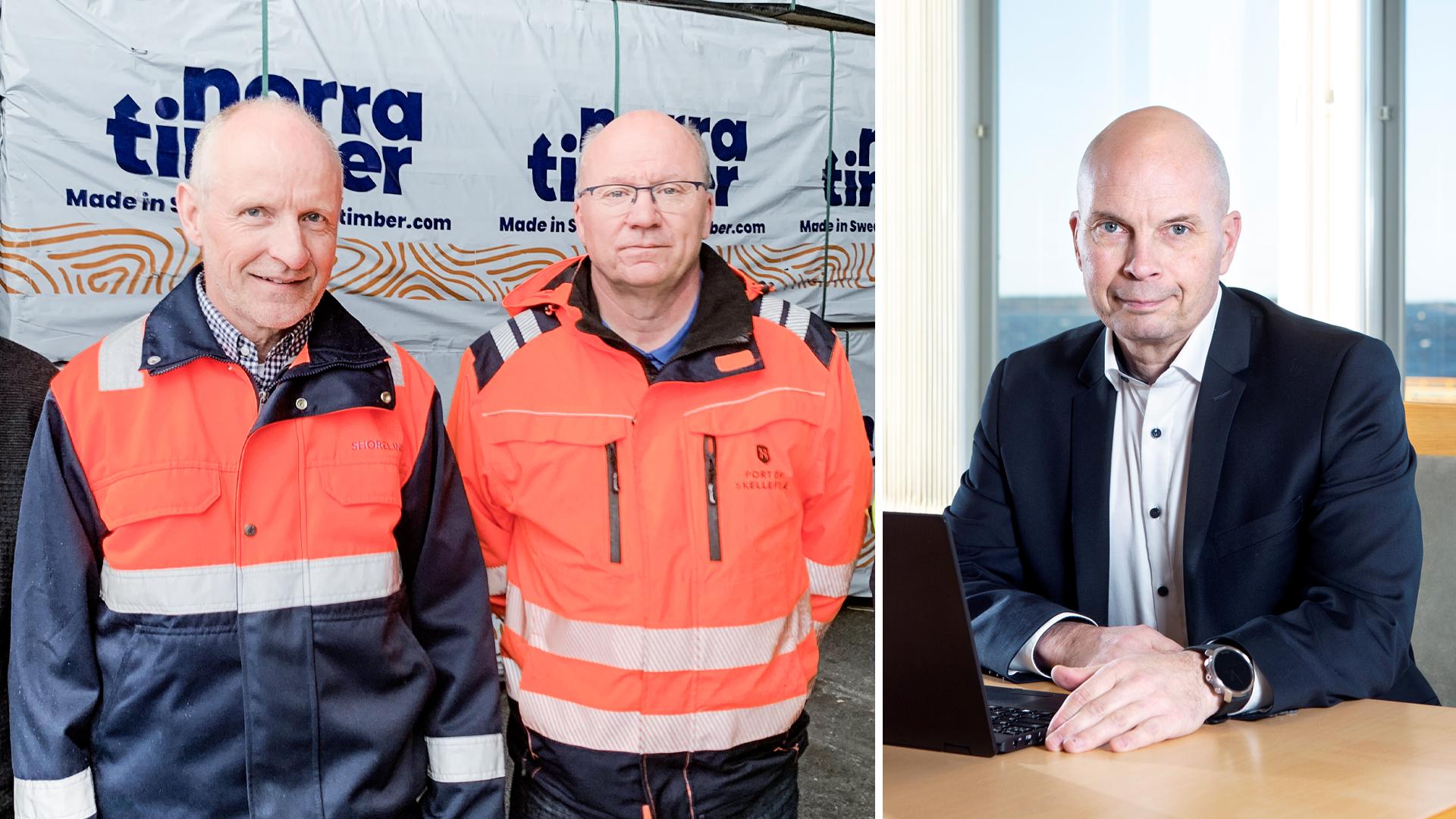
More efficient loading and unloading at the Port of Skellefteå
A common goal for the Port of Skellefteå, ShoreLink stevedoring and WALLENIUS SOL is to achieve balance in the container flow. Once freight has been unloaded in Skellefteå, there are often empty containers left over. The aim is to fill them with southbound goods for shipping to the continent.
“As WALLENIUS SOL ramps up its volumes, we hire more people and increase our equipment. We recently bought a load plate, a machine that automatically pushes timber packages into containers,” says Ola Isaksson, Sales Manager at ShoreLink.
“It not only helps us achieve more efficient handling, it’s also easier on the environment. Now it only takes one truck instead of the two that were needed to push the wood in before.”
The new battery-powered crane is another, probably even more important, investment for the Port of Skellefteå.
“In conjunction with the increase in container traffic, we decided to install a second crane. This helps us increase operational reliability, take on more loads and reduce the time ships spend alongside. The new crane is utterly independent of diesel, which is important if we are to reach our goal of fossil-free operations by 2025,” says Lars Widelund.
Port of Kokkola making room for larger vessels
On the other side of the Gulf of Bothnia, a little further south of Skellefteå, is Finland's third largest port, Kokkola. This port also has a long-term strategy for accommodating increasingly larger ships. As with Skellefteå, this has resulted in a new electric crane, deeper fairways and longer quays.
“Our collaboration with WALLENIUS SOL took place almost overnight. A mere three weeks after we’d discussed a new line in early 2021, they were here,” says Torbjörn Witting, CEO at the Port of Kokkola.
The new line between Skellefteå and Kokkola is important for the port’s customers, according to Torbjörn Witting:
“The link improves the logistics for the Finnish battery chemical producers who supply goods to Northvolt Ett in Skellefteå. Now people can take the shorter sea route instead of driving big rigs long distances.”
In addition to the major investments in the Silversten Quay in recent years, Torbjörn and the Port of Kokkola are now looking forward to their next project – a brand new RoRo quay. Starting in 2025, the project is estimated to take two years and will cost around SEK 150 million to complete. The same goes for the Port of Skellefteå, where a new conventional quay is scheduled for completion in 2024, and plans for a RoRo quay for 2030 were recently begun.
Investments making waves
Lars Widelund, Ola Isaksson and Torbjörn Witting all believe that because they now have direct links to the continent, are equipped for tomorrow’s tonnage, can load more onto each single vessel and do it faster thanks to tandem lifting, the ports will be of great importance for the region.
“As ever more freight goes by sea, it creates opportunities for medium-sized industries whose volumes are too small for shipping by bulk carrier. I’m incredibly positive about the mix of RoRo and StoRo we can offer the market today,” says Lars Widelund.
Ola Isaksson, ShoreLink, adds:
“We couldn’t even have dreamed about this three years ago. We’re making waves, and the bigger the better. We’re lowering costs for customers and our carbon footprint.
Port of Skellefteå projects
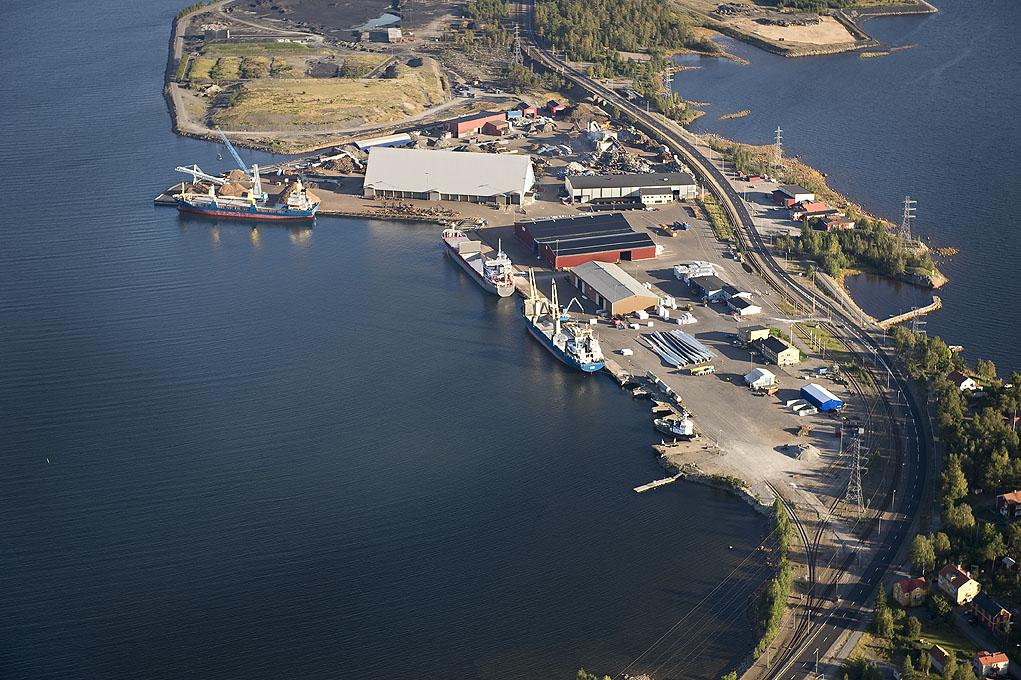
Widened fairway
The fairway was dredged and adapted for feeder traffic. In conjunction with this, the port of Skellefteå also made night navigation possible for large vessels.
New land area
A new port area was created using landfill in eight hectares of water. The new port area, including 10–11 hectares of logistics space, will cover around 24 hectares.
Load plate
Ports stevedore ShoreLink has invested in a semi-automatic container loading machine that enables 30 tonnes to be loaded into a container in 5 minutes.
New port crane
A second crane will enter service in February 2022. The crane is a battery-powered Gottwald 6507.
New vehicles
ShoreLink is purchasing more containers and tow trucks.
Digitisation
The port is looking at how to automate and digitise its services in a project entitled ‘The Port as a Digital Node’.
New quay
A new 250-metre quay with associated infrastructure is planned for completion in 2024. Meanwhile, plans are being outlined for a 350-metre long RoRo dock for 2030.
Fossil-free port
The new North Port will be emission-free by 2025, and the entire Port of Skellefteå by 2030.
New tug
A new tugboat will be acquired before 2024.
Railway terminal
Preparations have been made for the construction of a railway terminal. The aim is to create a close link to the Norrbotnia Line and facilitate train and truck transshipments.
Port of Kokkola projects
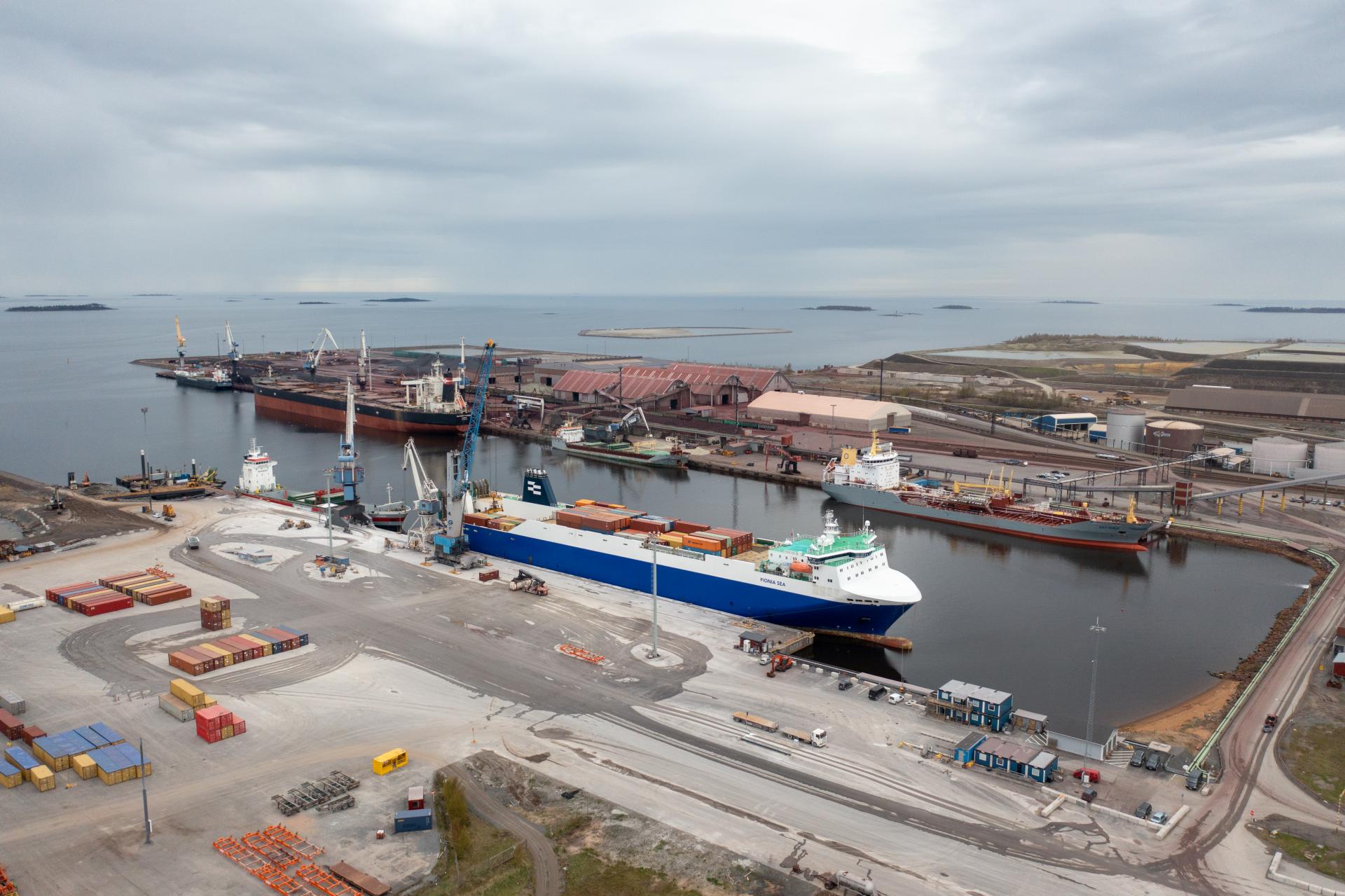
Dredged fairway
The fairway was dredged in 2020 to accommodate vessels with 14-metre draughts.
Extended quay
The Silversten Quay has been extended twice – the last time in December 2021.
New Port Area
Creation of 140,000 square metres of new surface area at Silversten Quay.
New port crane
In December 2021, a new Gottwald 7 series electric crane entered service. Silversten Quay now has two cranes.
New RoRo quay
The port has submitted an application for an environmental permit for an entirely new RoRo quay with electric charging. The two-year project is scheduled for start in 2025.

